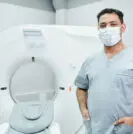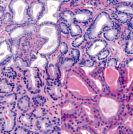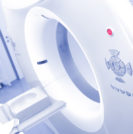How Can We Improve Active Surveillance Monitoring?

In recent years, there’s been a huge shift in understanding the difference between insignificant and significant prostate cancer (PCa). Over 15 years ago, Albertsen, et al. (2005) established that clinically insignificant PCa could be defined as cancer that “will not affect the patient during the natural course of his lifetime. The indolent course of localised keep reading










